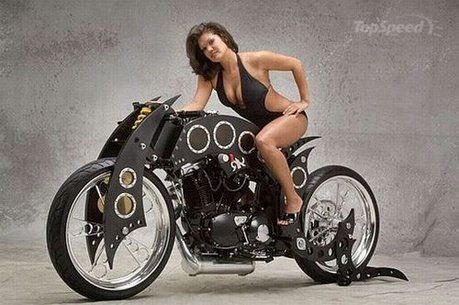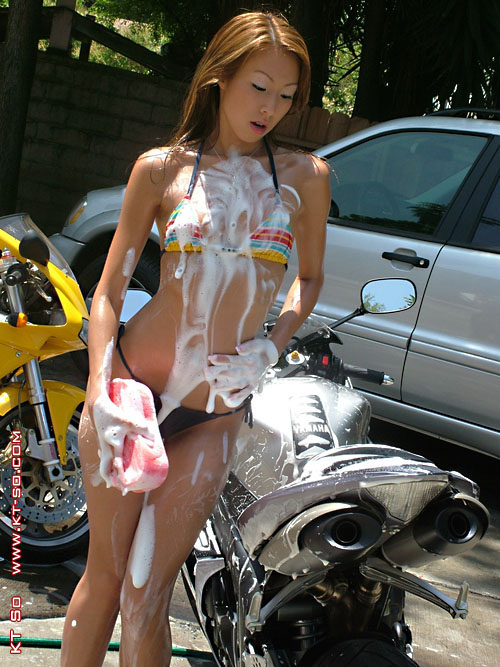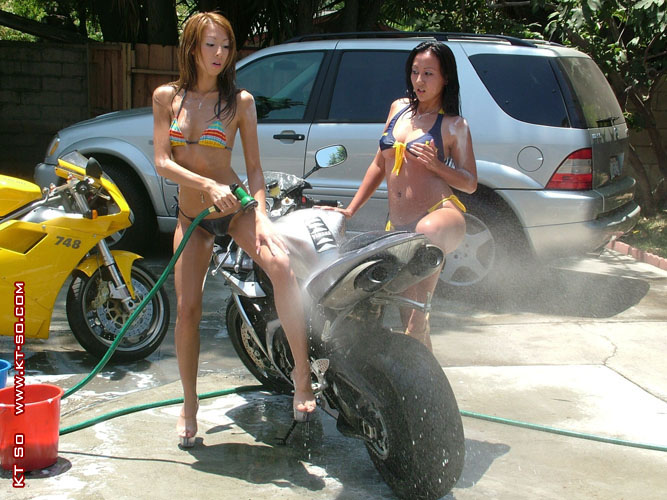. 
Air America was an American passenger and cargo airline established in 1946 and covertly owned and operated by the Central Intelligence Agency's (CIA) Special Activities Division from 1950 to 1976. It supplied and supported covert operations in Southeast Asia during the Vietnam War.


In 1951, the parent company of Air America's forerunner, Civil Air Transport (CAT), was reorganized. The owner, Claire Lee Chennault (of Flying Tigers fame), was approached by the CIA, who bought out the company through a holding company, the American Airdale Corporation. Under this agreement, CAT was allowed to keep its initials and the company was reorganized as Civil Air Transport, Inc. On 7 October 1957, American Airdale was reorganized to add another layer of obfuscation to its ownership. The new Pacific Corporation became a holding company for Air Asia Company (Air Asia (Taiwan)), Ltd; Air America, Inc; Civil Air Transport, Inc; Southern Air Transport; Intermountain Aviation; Bird and Sons (known as Bird Air); and Robinson Brothers. CAT attempted to change its name to Air America at the same time, but objections from Air France and American Airlines delayed the name change for two years.

Air America's slogan was "Anything, Anywhere, Anytime, Professionally". This was not an exaggeration, as Air America aircraft, including the de Havilland Canada DHC-4 Caribou and Fairchild C-123 Provider, flew many types of cargo to countries such as the Republic of Vietnam, the Kingdom of Laos, and Cambodia. It operated from bases in those countries and also from bases in Thailand and as far afield as Taiwan and Japan. It also on occasion flew top-secret missions into Burma and the People's Republic of China. Air America U-10D Helio Courier aircraft in Laos on a covert mountaintop landing strip (LS) "Lima site"Air America's headquarters moved several times during its existence, 808 17th St. NW, (1964), 801 World Center Bldg, (late 1964), 815 Connecticut Ave NW, (July 1968), and 1725 K Street NW, (1972), all in Washington, DC.

From 1959 to 1962 the airline provided direct and indirect support to CIA Operations "Ambidextrous", "Hotfoot", and "White Star", which trained the regular Royal Laotian armed forces. After 1962 a similar operation known as Project 404 fielded numerous U.S. Army Attachés (ARMA) and Air attachés (AIRA) to the U.S. Embassy in Vientiane.

From 1962 to 1975, Air America inserted and extracted U.S. personnel, provided logistical support to the Royal Lao Army, Hmong army under command of Royal Lao Army Major General Vang Pao, and combatant Thai "volunteer" forces, transported refugees, and flew photo reconnaissance missions that provided valuable intelligence on NLF activities. Its civilian-marked craft were frequently used, under the control of the Seventh/Thirteenth Air Force to launch search and rescue missions for U.S. pilots downed throughout Southeast Asia. Air America pilots were the only known private U.S. corporate employees to operate non-Federal Aviation Administration-certified military aircraft in a combat role, although many of them were actually military personnel who had been transferred to the airline.

By the summer of 1970, the airline had some two dozen twin-engine transport aircraft, another two dozen short-take off-and-landing aircraft, and 30 helicopters dedicated to operations in Burma, Cambodia, Thailand, and Laos. There were more than 300 pilots, copilots, flight mechanics, and airfreight specialists based in Laos and Thailand. During 1970, Air America delivered 46 million pounds (21,000 metric tons) of food in Laos. Helicopter flight time reached more than 4,000 hours a month in the same year.

Air America flew civilians, diplomats, spies, refugees, commandos, sabotage teams, doctors, war casualties, drug enforcement officers, and even visiting VIPs like Richard Nixon all over Southeast Asia. Its non-human passengers were even more bizarre on occasion; part of the CIA's support operations in Laos, for instance, involved logistical support for local tribes fighting the North Vietnamese forces and the Pathet Lao, their local opponents. The war created a disruption in local food production, so thousands of tons of food had to be flown in, including live chickens, pigs, and cattle. On top of the food drops (known as 'rice drops') came the logistical demands for the war itself, and Air America pilots flew thousands of flights transporting and air-dropping ammunition and weapons (referred to as "hard rice") to friendly forces.

Flying for Air America was hazardous but the pay was better than for both normal civilian and military aviation. An Air America pilot could earn as much in a week as another pilot would in a month, and the pay combined with the promise of adventure attracted many pilots. But the work was dangerous; even without conflict, pilots had to deal with poorly charted mountainous terrain, few radio beacons for navigation, bad weather, and often overloaded planes.

Helicopter pilots had to deal with high altitude flights into mountains in tropical heat, which diminished the lift the rotors could give, and it took a great deal of unorthodox flying to accomplish their missions. The conflict itself created an even more dangerous environment, and AA pilots flew missions that few military pilots would dare, coming under fire almost on a daily basis. Many AA pilots were shot down, sometimes multiple times over the course of the war.

When North Vietnamese forces overran South Vietnam in 1975, Air America helicopters participated in evacuating both South Vietnamese and American civilians from Saigon. The iconic photograph depicting the final evacuation from the "U.S. Embassy" by Dutch photographer Hubert van Es was actually an Air America helicopter taking people off of the CIA station chief's apartment building.
.jpg)
According to The Politics of Heroin in Southeast Asia, a 1972 study by historian Alfred W. McCoy, Air America transported opium and heroin on behalf of Hmong leader Vang Pao. This allegation has been supported by former Laos CIA paramilitary Anthony Poshepny, former Air America pilots, and other people involved in the war. University of Georgia historian William M. Leary claims that this was done without the airline employees' direct knowledge and that the airline itself did not trade in drugs. The allegation of drug smuggling is disputed by many sources, including covert U.S. ground personnel who worked with the Hmong people. There are studies which refute the allegation, by Curtis Peebles and others. Peebles mentions two of the foundational sources for the allegations, McCoy's The Politics of Heroin in Southeast Asia (which accused Air America of drug smuggling), and Prof. William Leary's investigation and interview of 300 people (which concluded that there was no evidence of Air America's involvement in drug smuggling). The Hollywood film Air America focused its anti-war message largely on depicting and expanding upon the drug smuggling allegations.
Pictures courtesy of :
Air America.org &
Air America.net.

 Stephen Hunter (born March 25, 1946) is an American novelist, essayist, and Pulitzer Prize-winning film critic. He currently resides in Columbia, Maryland.
Stephen Hunter (born March 25, 1946) is an American novelist, essayist, and Pulitzer Prize-winning film critic. He currently resides in Columbia, Maryland.





















































.jpg)







